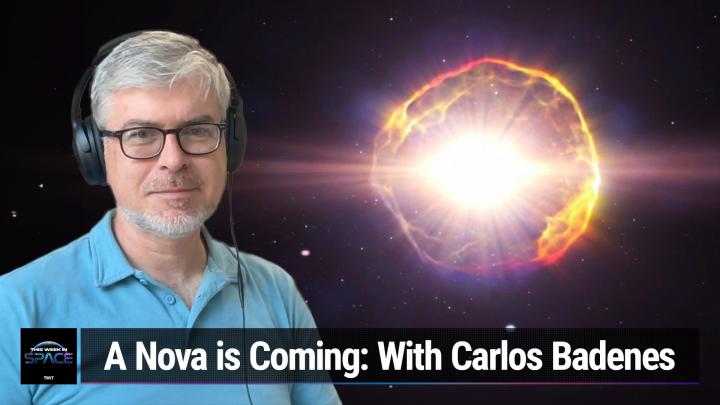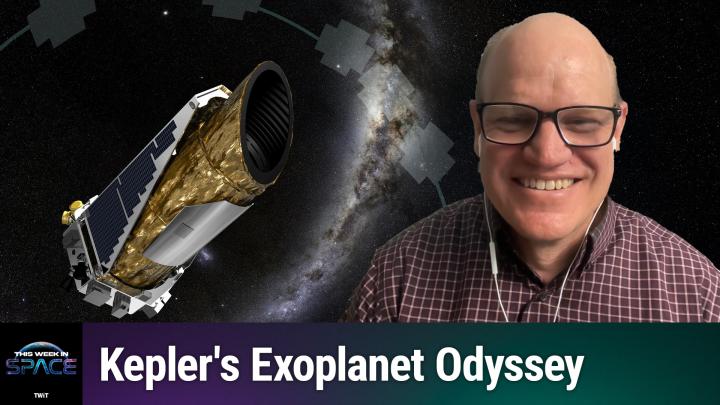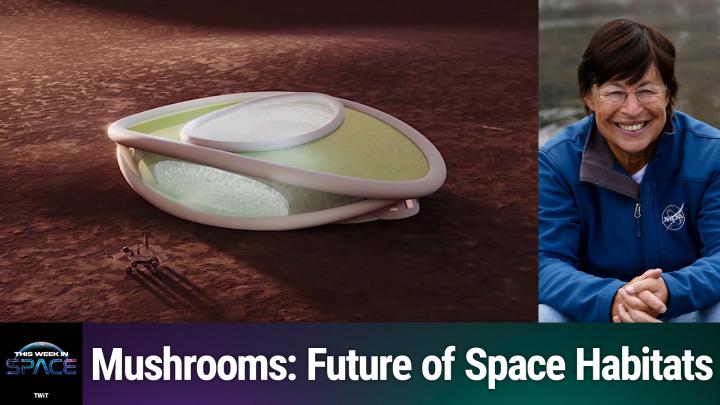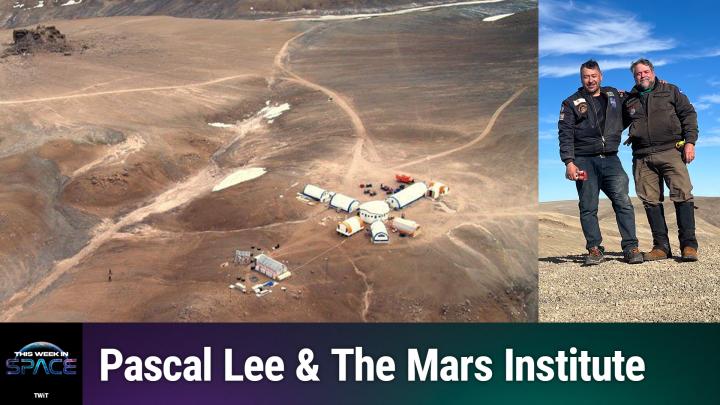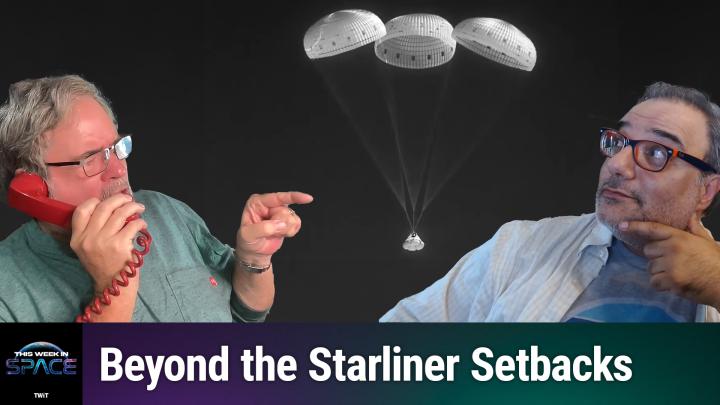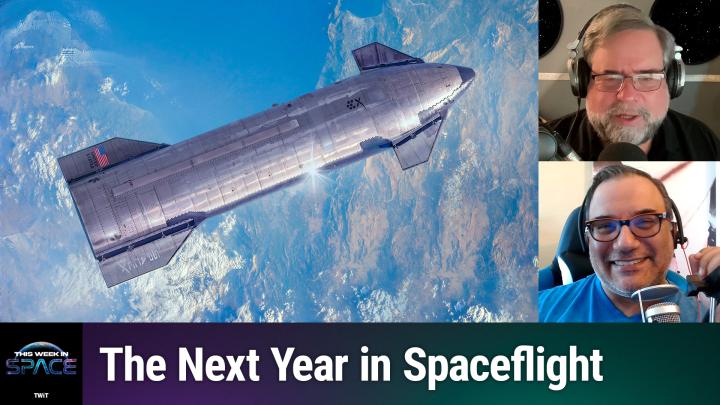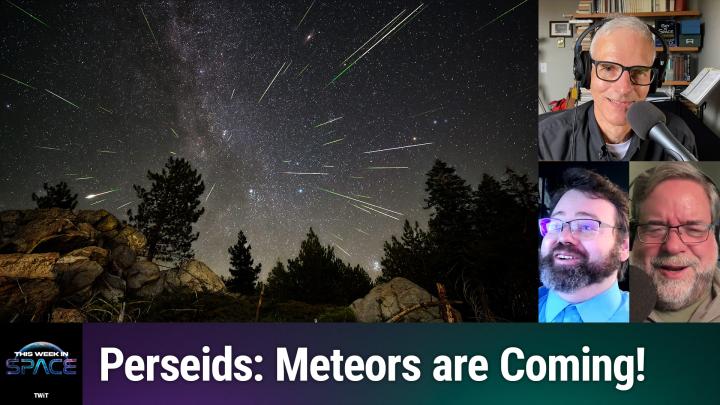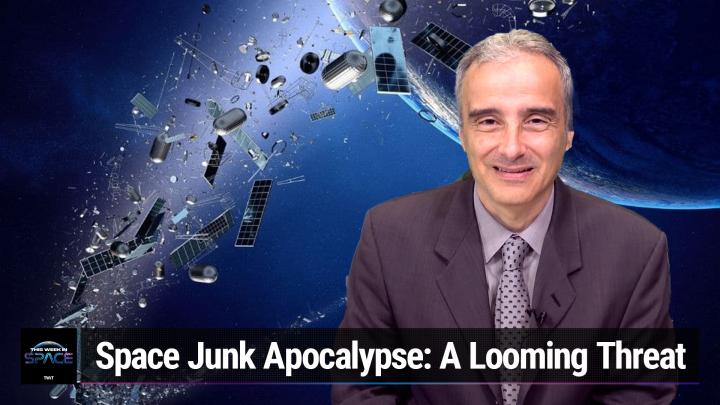TWiS 121: An Exploding Star Near You! - A Nova is Coming with Carlos Badenes
Description
A nova is a star that periodically sheds mass in a huge flare-up of light and energy. This week, astrophysicist Dr. Carlos Badenes from the University of Pittsburgh joins us to discuss a star that should be going nova in the next few weeks--and will be visible in the night sky for about 6-7 days! T Corona Borealis (TCrB) is a binary system comprising two stars in the constellation Corona Borealis that bursts into magnitude 2 (as seen from Earth) about every 80 years--and should do so again by mid-September! Join us.
Headlines:
- NASA's Perseverance rover discovers a rock on Mars that shows intriguing signs of potential ancient microbial life, sparking excitement among scientists
- Starliner Update: NASA and Boeing discuss the extended mission of the Starliner spacecraft, addressing concerns and highlighting the crew's safety and productivity
- Scientists uncover evidence suggesting Mercury's crust harbors a 10-mile thick diamond layer, formed by unique planetary processes
Main Topic - The Visible Nova in the Sky Near You:
- T Coronae Borealis, a recurring nova located in the constellation Corona Borealis, is expected to become visible to the naked eye between now and September 2024
- Novae are binary star systems where a white dwarf accumulates material from its companion star, leading to a thermonuclear runaway and a bright outburst
- Supernovae, in contrast, are the explosive deaths of stars, either through the complete disruption of a white dwarf or the collapse of a massive star's core
- Historical accounts of "new stars" include Tycho's Supernova (1572), Kepler's Supernova (1604), and the Crab Nebula progenitor (1054)
- Dr. Badenes discusses his research on novae in nearby galaxies and the use of the Hubble Space Telescope to study the progenitors of thermonuclear supernovae
- The crew explores the limits of recurring novae, the possibility of a white dwarf exploding as a Type Ia supernova, and the anticipated supernova of the star Betelgeuse in the constellation Orion
Hosts: Rod Pyle and Tariq Malik
Guest: Carlos Badenes
Download or subscribe to this show at https://twit.tv/shows/this-week-in-space.
Get episodes ad-free with Club TWiT at https://twit.tv/clubtwit
Sponsor:

